Applying Behavioral Design to Advance Health Outcomes by Improving Livelihoods in Burkina Faso
Written by: Nicole Russo, ideas42
This is part of a series of conversations with members of the National Innovations Team (NIT), a group of 54 health professionals across government and non-profit sectors in Burkina Faso and Niger. NIT members engage in a hybrid online and in-person applied learning curriculum developed by Breakthrough ACTION, the U.S. Agency for International Development’s flagship social and behavior change program. The curriculum includes an introduction to behavioral design and hands-on coaching from our behavioral economics experts.
Through the course, members develop and refine innovative solutions based on feedback from end-users to address behavioral challenges across a range of health areas. The NIT was established in 2020 by Breakthrough ACTION.
This conversation features NIT member Emeline Ouedraogo, from the Ministry of Agriculture in Burkina Faso. Emeline’s team works outside the health sector to improve nutrition by tackling behavioral challenges related to food supply. We connected with Emeline in August 2021 to hear about her experience participating in the NIT.
What motivated you to join the National Innovations Team?I am that person who always asks, “but, why?” I wanted to learn another way of doing things, to have a greater impact on the ground, and make a positive change. When Breakthrough ACTION reached out to me about joining the NIT, I accepted because I saw it as an opportunity to do just that.
Was there anything you learned in the course that was completely new or that surprised you?
The ideation phase[1] went so much deeper than anything I’ve ever done before. So often, when we have a problem, we just respond without thinking deeply about the best way to intervene. We apply a solution without exploring what else we could do. For me, the ideation phase was so eye-opening because it was a new way of analyzing things. It challenged the assumptions we often make. It helped us better understand the problem, think exhaustively about how we could make a change, and consider which among those many ideas is best. It pushed us to come up with the best solution to the real problem and move beyond the things we are used to doing.
Can you describe your group’s innovation? How is it different from other programs you’ve worked on?
My group is working on increasing farmers’ use of improved seed varieties, and I really think our innovation is going to make a change. We are going to distribute free or subsidized seeds of improved varieties to producers and have them plant comparison plots. Then, we’ll accompany them throughout the season and assess yields at the end. We’ve done similar things before, but what’s different about our innovation is that, at the end of the season, we’re going to help them to plan for the next season. Through the NIT course, we realized we were missing this critical moment at the end of the season. We assume producers will use the improved variety seeds after seeing the results, but they don’t even when they say they will. This time, we’re going to help them solidify their plans for the next season—maybe even purchase the improved seeds at that moment—in the hopes of changing this behavior.
What else will you need to implement your solution?
We’ll need to mobilize financial resources to acquire everything we need—from seeds and fertilizers to staff who can monitor implementation. We can’t be certain we’ll find those resources, but it won’t be the first time we’re looking for them, either. Often, we’ll have several partners who will see one or two lines in the budget that they can finance, and they’ll take on those activities. That’s why it’s so important that the people who develop our proposals can write them in a way that’s compelling. We can find the resources, but only if we make a convincing case. The challenge is, that’s not always easy to do, and the people who are best at it often leave, because their skills are so valuable. As a result, we have to consistently build our capacity in this area to get the resources we need.
Have you shared information about the course with anyone outside of the NIT?
Yes, I’ve shared it with my colleagues because I find it so interesting, and so, even without being in the group, they all know a little bit about the content! It’s a shame that those who are involved in decision-making don’t have access to this information. I share it with my manager, but we don’t really discuss it at length. It’s just 5 to 10 minutes so that he understands the course. I want to organize something where we sit down and reflect on our approach—really think about what we are doing—but I haven’t been able to do that yet. It will happen when I finish the course.
Any other thoughts or suggestions?
During this course, everyone has learned a lot that is certainly useful in their daily work, but if we limit it to that, it will be incomplete. What would be really, really interesting is to maintain this team and continue to meet periodically. We could identify key behavioral problems and lead the process from ideation through the creation of solutions. This would allow us to build a bank of innovative solutions that we can propose to other partners for different behavioral issues we identify in our communities. I think something like this would be worthwhile to help continue the progress we’ve made so far.
[1] “Ideation” is the creative process of generating, refining, and sharing new ideas. Members of the NIT participated in a series of individual ideation activities in which they were guided to develop ideas, based on common interventions and psychological principles from behavioral economics, that would support their target population to overcome behavioral barriers blocking the desired health behavior selected by their group.

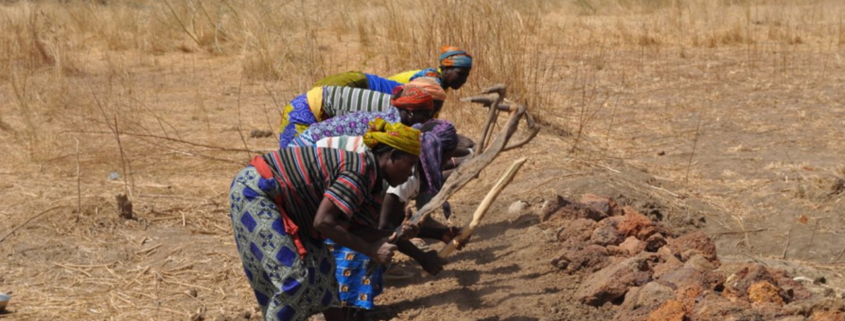 JHartl USAID
JHartl USAID
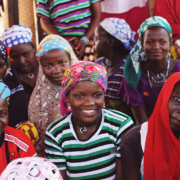 Cambey Mikush/Photoshare
Cambey Mikush/Photoshare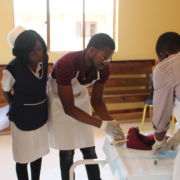
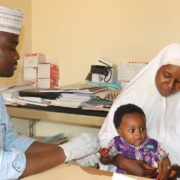 Breakthrough ACTION
Breakthrough ACTION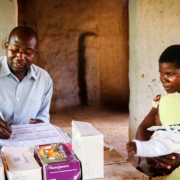 Photo credit: amy Rakotoniaina/PMI/Flickr
Photo credit: amy Rakotoniaina/PMI/Flickr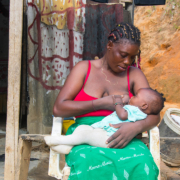 Pitshou Budiongo
Pitshou Budiongo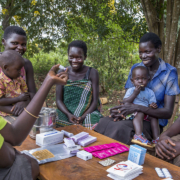 Jonathan Torgovnik/Getty Images/Images of Empowerment
Jonathan Torgovnik/Getty Images/Images of Empowerment